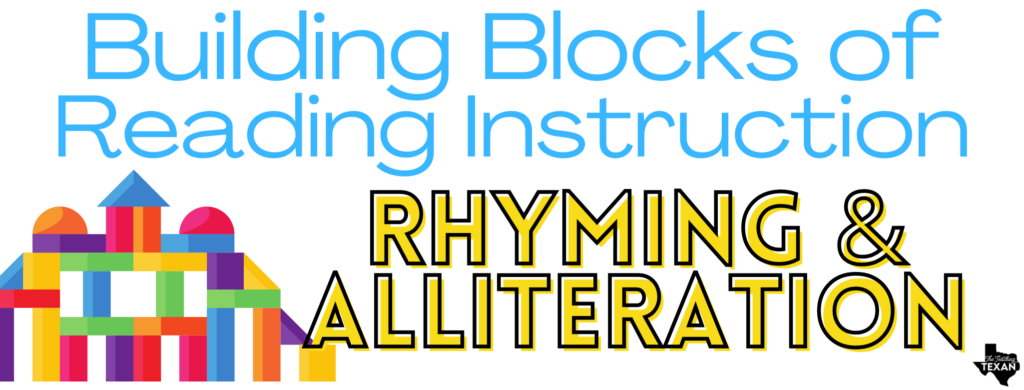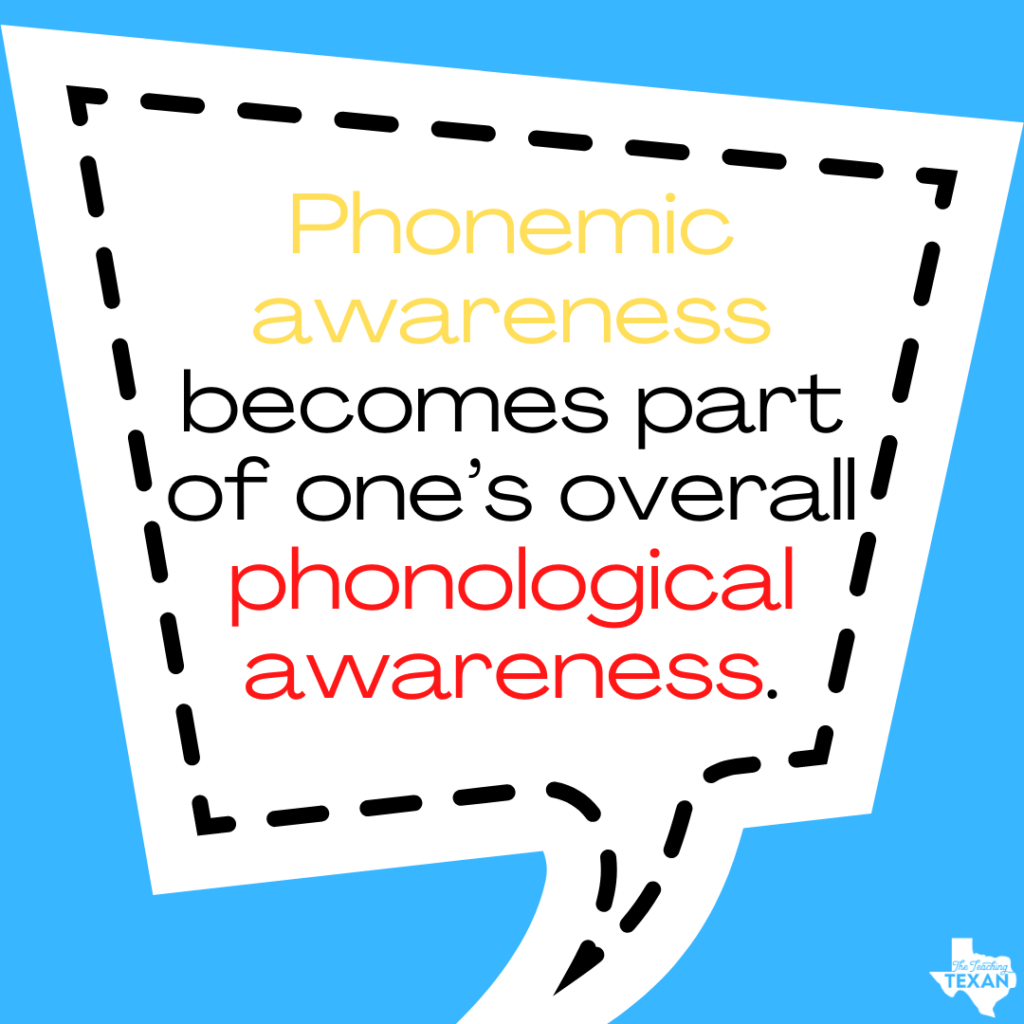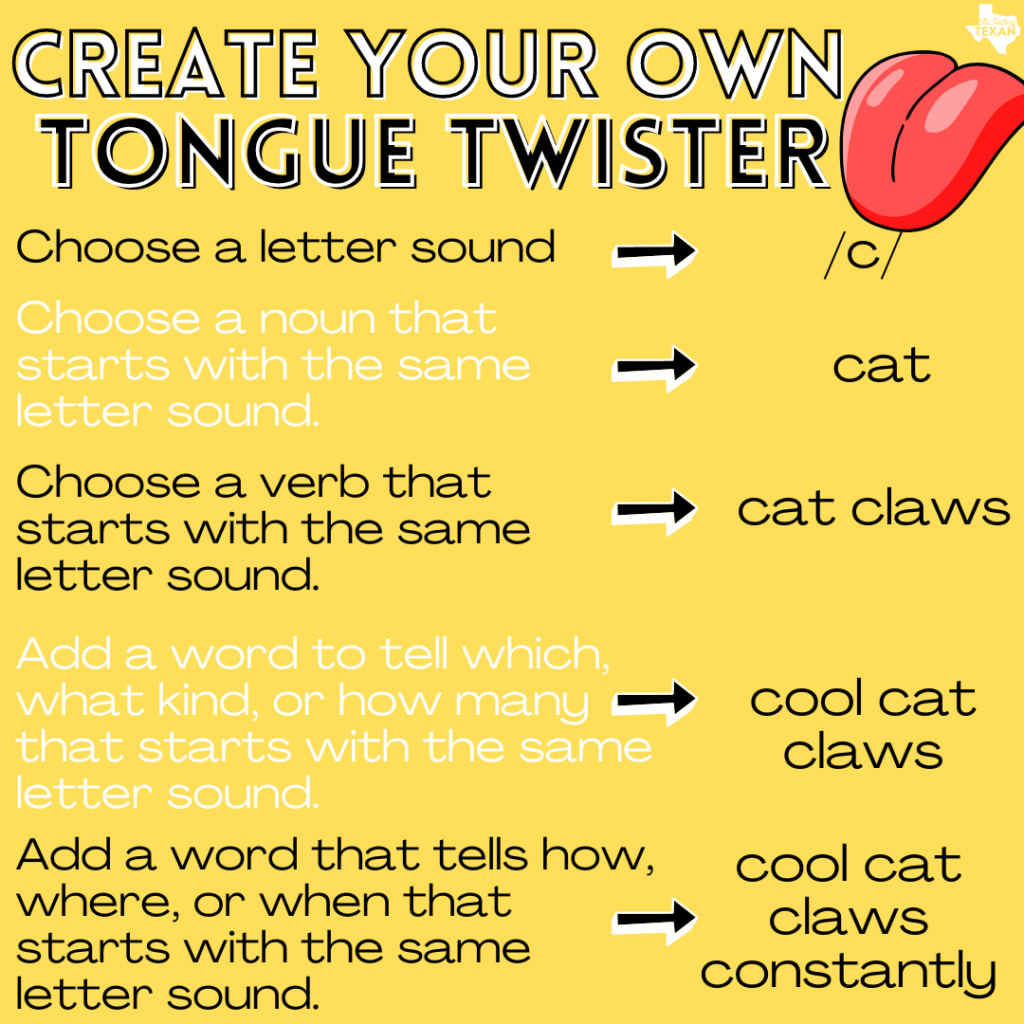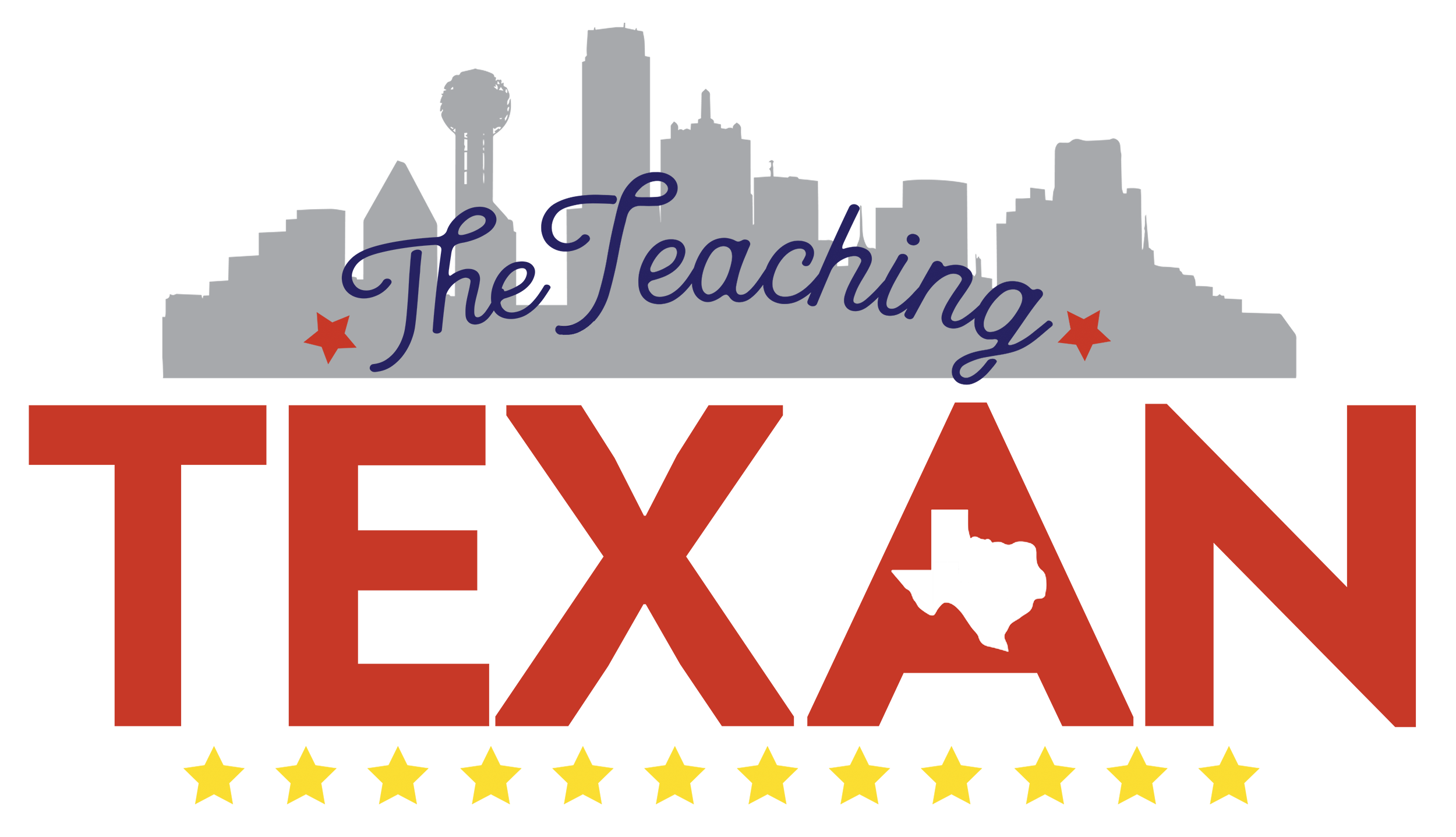Building Blocks of Reading: Rhyming and Alliteration
This has been a tough year, I feel ya friends. Yet, I’ve seen so many of you rise to meet challenges, strive to serve your students no matter what, and recommit to your craft as teachers. I’m so proud of us!
I’ve also heard from lots of you that one of your biggest challenges (both during the 2020-21 school year and before the pandemic) is preparing your K-2nd students to succeed in literacy.
And so, our next blog series will be a 7-week examination of the building blocks of reading. We’ll explore the 8 pillars that students typically go through as they’re learning to read, and build their essential phonological awareness.

In case you need a refresher:
“Phonological awareness is a broad skill that includes identifying and manipulating units of oral language – parts such as words, syllables, and onsets and rimes. Children who have phonological awareness are able to identify and make oral rhymes, can clap out the number of syllables in a word, and can recognize words with the same initial sounds like ‘money’ and ‘mother.’”
–Reading Rockets
Phonological Awareness vs. Phonemic Awareness
“Wait, I’ve heard of Phonemic Awareness…is that the same thing?” Well, yes and no. Many teachers get confused here so it’s worth clarifying. Phonemic awareness becomes part of one’s overall phonological awareness.
This continuum, found on page 21 of Hougen and Smart’s Literary Instruction and Assessment (see references), illustrates how phonological awareness builds in a student. Beginning with simple listening and progressing to complex phoneme blending, segmentation, and manipulation. Phonemic awareness is the goal of this journey, but not where students begin.

Where to Begin
Teachers should begin with the building blocks of rhyming and alliteration to prepare students for full phonemic awareness and ensure their success as a reader. Yet, even before mastering the skills of rhyming and alliteration, students must be able to distinguish between natural sounds (ex: a car honking) and the spoken words of language. Also note, that both rhyming and alliteration are auditory/oral language skills, not based on text. And, that “developing oral language and listening skills are important precursors to learning to read” (Hougen and Smart, 2012). Since reading and alliteration are not written skills, students demonstrate mastery of these skills through whole group games and one-to-one activities with either you as their instructor or a partner in class.
Fun Activities for Alliteration and Rhyming
Speaking of games, here are a few quick and easy activities that will build phonological awareness by mastering alliteration and rhyming. Throw one into your next literacy lesson plan!
Alliteration
We’ll begin with a few awesome alliteration activities.
Starts With…
In a group setting, have one student (or yourself as the first example) pick a sound. A sound, not a letter, as both alliteration and rhyming can be mastered by students who haven’t yet mastered all their letters. The whole group can then repeat the sound and ask what words start with it. (ex: /b/, /b/, /b/, what starts with /b/?) Then have students answer the question with whatever comes to mind. (Ex: Bat, Brown, Bake…etc.) You may help students who are struggling by breaking down each word given into separate sounds. (Ex: ‘bat’ becomes /b/ /a/ /t/)
Stand Up, Sit Down
From Liben and Liben’s Know Better, Do Better, this activity helps students get moving and involves their bodies. Always good for kids in Kindergarten, 1st and 2nd! Instruct students to “stand up if you hear a word with–” or “sit down if you hear the sound–”, then give examples or have students who’ve mastered it help you!
Tongue Twisters
Tongue Twisters can be a great way to both review and cement the skill of alliteration. Choose a classic — She sells seashells by the seashore — or have students invent their own!

Rhyming
And now, a few quick and easy activities to integrate that will help students master rhyming.
Erase Me
I recently came across a really fun rhyming activity called Erase Me over at the Growing Book by Book Blog. Briefly, each student draws a simple picture of themselves on a dry-erase board. Then, the teacher (you!) reads a sentence to the class that students must complete by guessing the rhyming word. They then erase the body part mentioned until there’s nothing left on their board!
Some examples from the post:
Why is there a bear in a chair sitting in my ________? (hair)
I think that bug just might land right in my ________. (hand)
Did someone put ants in my _________? (pants)
Oh dear oh dear, there is a bee near my ______. (ear)
Rhyming and Moving
Another great movement game from Liben and Liben is where “you read pairs of words aloud to the class. If they rhyme, students stand up and do a designated move: hop, stretch, jump, dance, whatever you can handle in your setting” (pg. 35, Liben and Liben, 2019).
Rhyming Read Aloud
Give students an opportunity to read a rhyming text aloud “with you” as another easy way to integrate those rhyming skills. The Cat in the Hat is a great title for this (as well as many other Dr. Seuss books!) where you can pause just before a rhyme occurs and have students guess or predict what’s next.
Of course, as Hougen and Smart’s chart demonstrates, phonological awareness encompasses much more than rhyming and alliteration. During the next few weeks of this series, we’ll build on today’s foundation and discuss other components necessary to prepare students for reading success.
See you next week!
References:
Literacy Instruction and Assessment, Hougen and Smart, Paul Brookes Publishing, 2012.
Know Better, Do Better, Liben and Liben, Learning Sciences International, 2019.
Erase Me Rhyming Activity, Growing Book by Book Blog, 2015.
Phonological and Phonemic Awareness, Reading Rockets.
The Cat in the Hat, Dr. Seuss, 1957.

Bryce, your website is by far the most helpful, professional and informative. As an early childhood administrator, I can’t thank you enough for the wonderful resources, information & guidance you provide.
From the wonderful affiliate links to the evidence based research (such as the phonological continuum) above, you really do a phenomenal job.
Much appreciated for the time, thought, and clear dedication you have to the field of early childhood education and supporting educators like myself 🙂
LOVE LOVE YOUR work!!